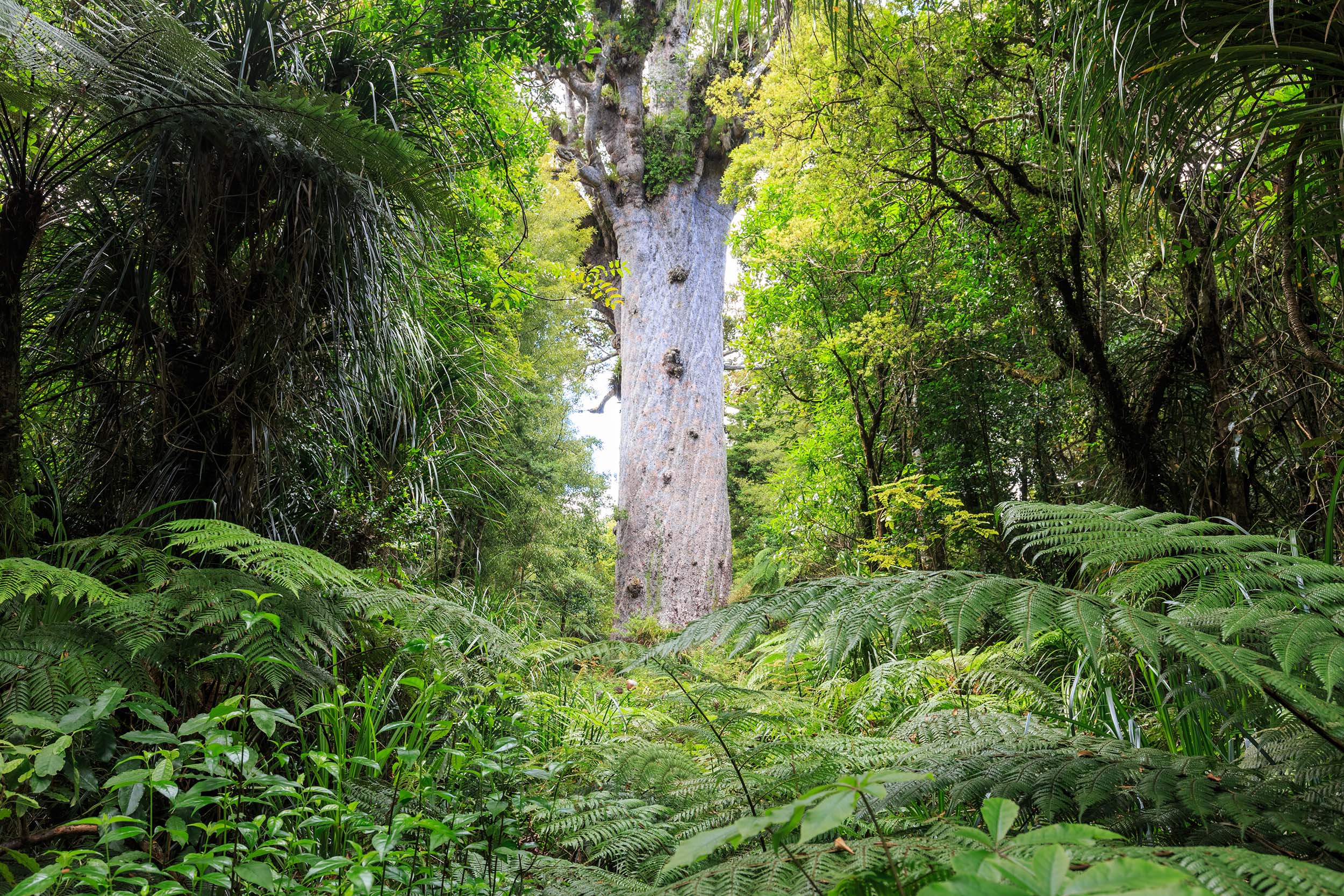New Zealand’s Kauri are Dying
KAURI ARE ONE OF AOTEAROA’S UNIQUE TAONGA
Kauri trees are found amongst other native trees throughout the Upper North Island. But kauri dieback is threatening kauri with extinction. There is no cure for kauri dieback, it can be spread by just a pinhead of soil, and you can’t tell by looking whether a tree is infected or not. But kauri will be saved – by people like you.

Why are New Zealand’s Kauri so important.
Kauri are a cornerstone of the indigenous forests of the upper North Island. They are also one of the longest-living tree species in the world (reaching ages of 1000 years-plus), as well as the largest.
Mature trees have an average diameter of two metres. These giants can live for more than 1000 years, The biggest can reach heights of over 50 metres, with girths of more than 13 metres.
The largest kauri alive today is Tane Mahuta with a diameter of 4.6m and height of 52m. It is estimated to be between 1200 and 2000 years old. One of the largest kauri trees ever recorded was ‘Kairaru of Tutamoe’ with an estimated diameter of 6.4m and a height of 65m. Unfortunately, Kairaru was destroyed in a fire before 1900.
Kauri are naturally found throughout the upper North Island, in the Northland, Auckland and Waikato regions, and in parts of the Bay of Plenty. If you’re in natural bush and you’re in the upper North Island, it’s likely you’ll be near a kauri. Kauri have existed as a species for around 20 million years.
What is Kauri Dieback
Phytophthora agathidicida, the pathogen that causes kauri dieback, was only discovered in 2009, and formally named in 2015 (previously it was known as Phytophthora taxon Agathis). The pathogen can sense a kauri tree’s roots, and swim towards them using a tail-like flagella.
There is no cure for kauri dieback, and the disease kills most if not all the kauri it infects. It can be spread by just a pinhead of soil, and you can’t tell by looking whether a tree is infected or not. Kauri dieback is threatening kauri with functional extinction. But kauri will be saved – by people like you.
How you can help save New Zealands Kauri
In general, you should always:
1: Clean all soil off your footwear and other gear, every time you enter or leave a forest/area with native trees, and at every cleaning station.
2: Use disinfectant only after you have removed all the soil.
Stay on track and off kauri roots. A kauri’s roots can grow outwards 3x as far as its branches.
Infected trees may not show it – never assume anywhere is free of kauri dieback. If you’re in native bush and you’re in the upper North Island, it’s likely you’ll be near kauri.
Spread the word within your networks on how to stop kauri dieback.
Kauri are one of Aotearoa’s unique taonga. But kauri dieback is threatening kauri with extinction. There is no cure for kauri dieback, and it can be spread by just a pinhead of soil. But kauri will be saved – by people like you
How you can help – read more



